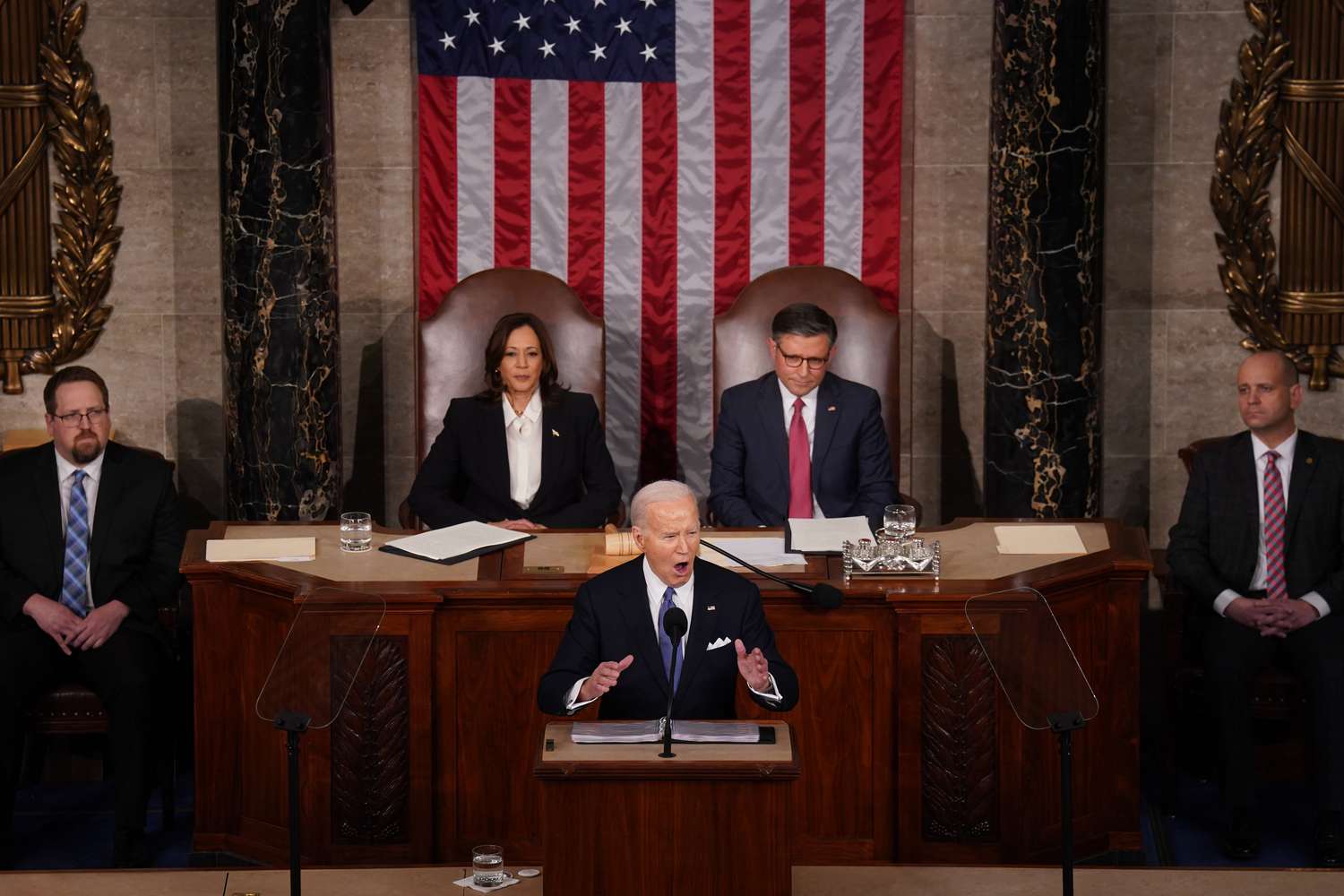If you’re stuck in the trap of sticking to your New Year’s resolution to become a content creator, it’s not too late.

is the fall Best It’s the time of year to get started, so I wanted to walk you through my step-by-step process for planning the next four months of content. This process is the same one I’ve used to grow my brand, Modern Millie – it’s helped me gain over 350K subscribers on my YouTube channel and over 140K followers on Instagram.
Whether you’re a content creator or enterprise marketer, I have no doubt that you’ll find something in this process that will work for you. Let’s jump in.
![Download Now: 150+ Content Creation Templates [Free Kit]](https://dailyhindnews.com/wp-content/uploads/2023/10/1698664327_713_Crafting-Your-Content-Blueprint-for-the-Rest-of-2023-With.png)
Why is fall the best time of year to start creating?
There are two major reasons why fall (primarily September to November) is one of the best times of year to create content:
- During the summer, the sun stays out longer, people go on vacations, and kids aren’t in school, so you’ll often see a drop in engagement on social media as people are outside more.
In the fall, it gets darker earlier, people get back to their daily routines, and they start consuming social media again. - You are able to use the holidays to your advantage.
Here’s Stephanie, for example.
Last year, Stephanie was getting ready to give up on being a content creator, but instead through my coaching, she worked on this content strategy for four months. From September to December, this is what happened:
- He posted 61 reels (one video every other day)
- 16 of them got more than 100,000 views
- 7 of them got over 1,000,000 views
- His most viewed video reached 36,000,000 views and landed him on Good Morning America
- she grew from 8K to 75K followers
Now that you can see the power of boosting your content creation efforts in the fall, let’s jump into my process.
Step One: Choose Your Platform
While the example I used talks about Instagram, this strategy can work for any of the three social platforms: Instagram, YouTube, and TikTok.
Choose one at the beginning of your development journey. This way you can put 100% of your energy into mastering the platform, while putting 33% into Instagram, 33% into YouTube, and 33% into TikTok (which will give you slower results).
Step Two: Choose Your Posting Frequency
This is going to be a program that you know you can realistically continue for the next three to four months. This should be realistic for you, and something you can adapt to your current lifestyle. These are common frequencies we see online:
➡️ YouTube: once a week
➡️ Instagram: 3-5x per week
➡️ TikTok: Daily
Once you know how often you want to post, plug it into a calendar to see how many total videos you’ll make each month (see image for example). This is the number we will return to in Step 4.

Step Three: Get clear on what your content should be
If your goal is growth or rapid growth online, it’s important to be intentional with every piece of content you create. Most businesses or creators will skip this step, but it’s very important to have a clear vision so that your content is clear too.
To get started, answer these three questions:
- What industry are you in?
- What segment of that industry are you going to focus on?
- Who do you want to reach/who is your target audience?
Example:
What industry are you in? Travel
What segment of that industry are you going to focus on? san diego trip
Who do you want to reach/who is your target audience? san diego travel for tourists
Knowing the answers to these questions will help you in our next steps…
Step Four: Ingredients Research
Before you press record, you’ll want to do some research in your industry to see what people are currently Looking for. Places I recommend to my students These are the search engines to do this research:
- youtube
- AnswerThePublic.com
- TIC Toc
What you are going to do is type your industry or industries in the search bar to see what results are suggested below.
Following our example from step three, as you can see in this screenshot from YouTube, people are searching “things to do in San Diego,” so I’m going to write this up as a video idea.

Same thing happens on TikTok also. When I type in San Diego, some video ideas I can type are “things to do in San Diego”, “hidden gems in San Diego”, and “places to eat in San Diego”:

You can repeat these steps by typing other words that relate to your industry. For example, since my goal is to create “San Diego travel for tourists” content, I would probably type “tourist” into a search engine to see what is recommended.
Once you have your list of video ideas, you’re ready for step five.
Step Five: Plug in to Your Calendar and Start Creating
In step two, you calculated how many videos you would need to make in a month.
For our example, it was 14 videos/month.
I like to mix up my ingredients to leave room for spontaneity.
70% of my videos will be “search-based” video ideas (ie lists of video ideas we created using search engines).
But for the other 30%, I’ll leave room to adapt to trends or even make videos just for fun!
So if you post 14 videos per month your description might look like this:
- 10 search-based videos (it’s easy to batch film these ahead of time so you can plan content in advance).
- Four spontaneous videos (this leaves room for creative freedom and spontaneity).
And that’s all there is to it. Now, it’s time to start your content research and begin your four-month content plan. And remember: you’ll want to iterate as you progress. Once you start to recognize what types of content perform well (and which don’t), you’ll get better at choosing specific themes that best suit your brand over time.



